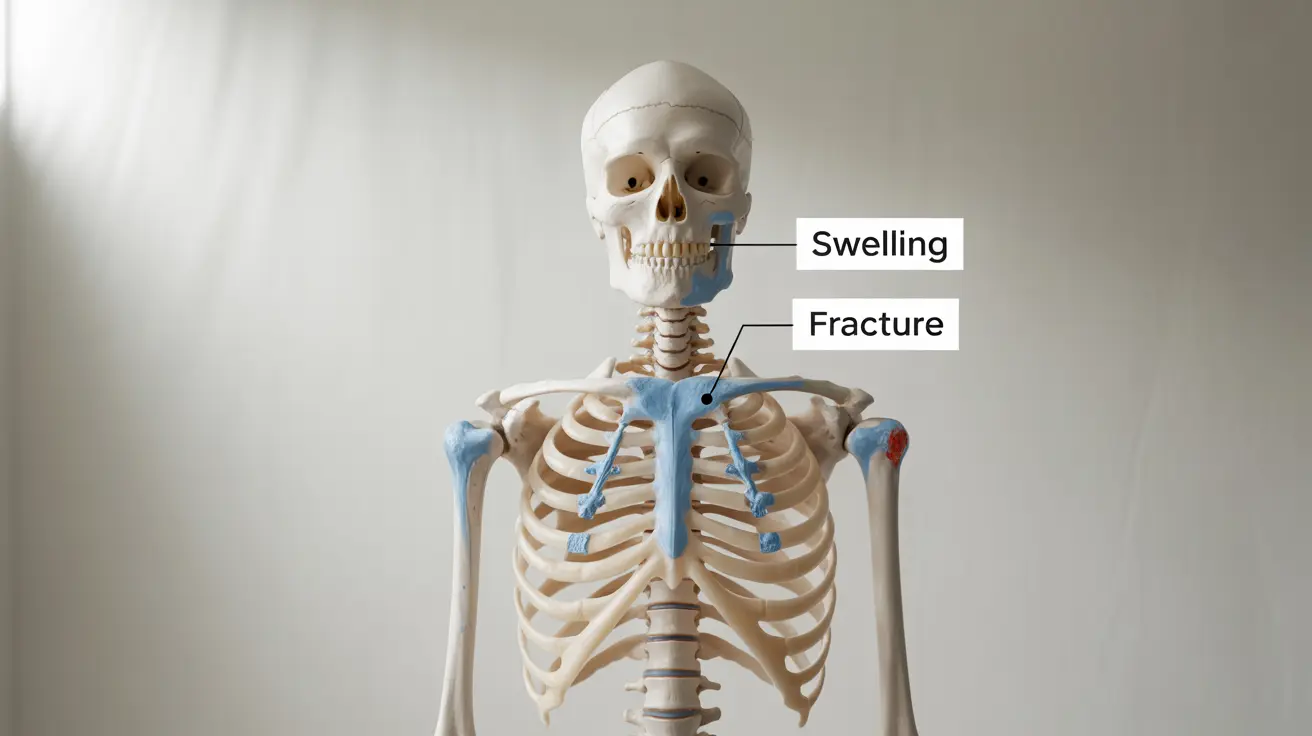Bone cancer can develop silently for weeks or months before causing noticeable symptoms, making early detection challenging. Understanding the timeline of bone cancer development and recognizing its subtle early signs is crucial for improving outcomes through timely intervention.
This comprehensive guide explores how bone cancer can progress undetected, what warning signs to watch for, and the importance of proper medical evaluation when symptoms appear.
Understanding Bone Cancer Development
Bone cancer typically develops gradually, with cells multiplying abnormally within the bone tissue. The time between the initial cellular changes and the emergence of noticeable symptoms can vary significantly among individuals, depending on factors such as the type of bone cancer, its location, and its growth rate.
Types of Bone Cancer and Their Progression
Different types of bone cancer can progress at varying rates:
- Osteosarcoma: Often develops rapidly, particularly in growing teenagers
- Chondrosarcoma: May progress more slowly, especially in adults
- Ewing sarcoma: Can grow quickly and spread to other parts of the body
- Giant cell tumor of bone: Usually grows slowly but can be locally aggressive
Early Warning Signs to Watch For
While bone cancer can develop without immediate symptoms, certain early warning signs may appear:
- Intermittent bone pain that gradually becomes more persistent
- Swelling or tenderness near a bone
- Unexplained fatigue
- Decreased range of motion in joints
- Weakening of the affected bone
Understanding Bone Pain Patterns
Initial bone cancer pain often follows distinct patterns:
- May be worse at night or during activity
- Can come and go before becoming constant
- Might be mistaken for growing pains or sports injuries
- Generally becomes more severe over time
Diagnostic Challenges and Solutions
Detecting bone cancer when symptoms are mild or intermittent requires a comprehensive diagnostic approach:
- Physical examination and medical history review
- Imaging studies (X-rays, MRI, CT scans)
- Blood tests to check for specific markers
- Biopsy for definitive diagnosis
Risk of Pathological Fractures
As bone cancer progresses, it can weaken the affected bone structure, potentially leading to fractures without significant trauma. These pathological fractures often serve as a wake-up call that something more serious might be occurring.
When to Seek Medical Attention
It's important to consult a healthcare provider if you experience:
- Persistent bone pain lasting more than two weeks
- Unexplained swelling or masses
- Bone pain that interrupts sleep
- Unexplained fractures or bone weakness
- Limited mobility in affected areas
Frequently Asked Questions
How long can bone cancer develop without causing noticeable symptoms?
Bone cancer can develop for several weeks to months without causing noticeable symptoms. The timeline varies depending on the type of cancer, its location, and growth rate. Some aggressive forms may cause symptoms within weeks, while slower-growing types might take months before becoming apparent.
What are the early signs of bone cancer that I should watch for?
Early signs include persistent bone pain that may worsen at night, swelling near the affected area, unexplained fatigue, reduced joint mobility, and bone weakness. These symptoms might be subtle at first but typically become more pronounced over time.
Why might bone cancer pain come and go before becoming constant?
Initial bone cancer pain can be intermittent due to varying levels of inflammation, pressure on surrounding tissues, and the cancer's growth pattern. As the tumor grows and affects more tissue, the pain typically becomes more consistent and severe.
How is bone cancer diagnosed if symptoms are mild or intermittent?
Diagnosis typically involves multiple approaches, including physical examinations, imaging studies (X-rays, MRI, CT scans), blood tests, and ultimately a biopsy. Even with mild symptoms, these diagnostic tools can help detect bone cancer in its earlier stages.
Can bone cancer cause fractures without a clear injury?
Yes, bone cancer can weaken the bone structure to the point where it may fracture without significant trauma. These pathological fractures occur when the cancer has compromised the bone's structural integrity, making it more susceptible to breaking during normal activities.




